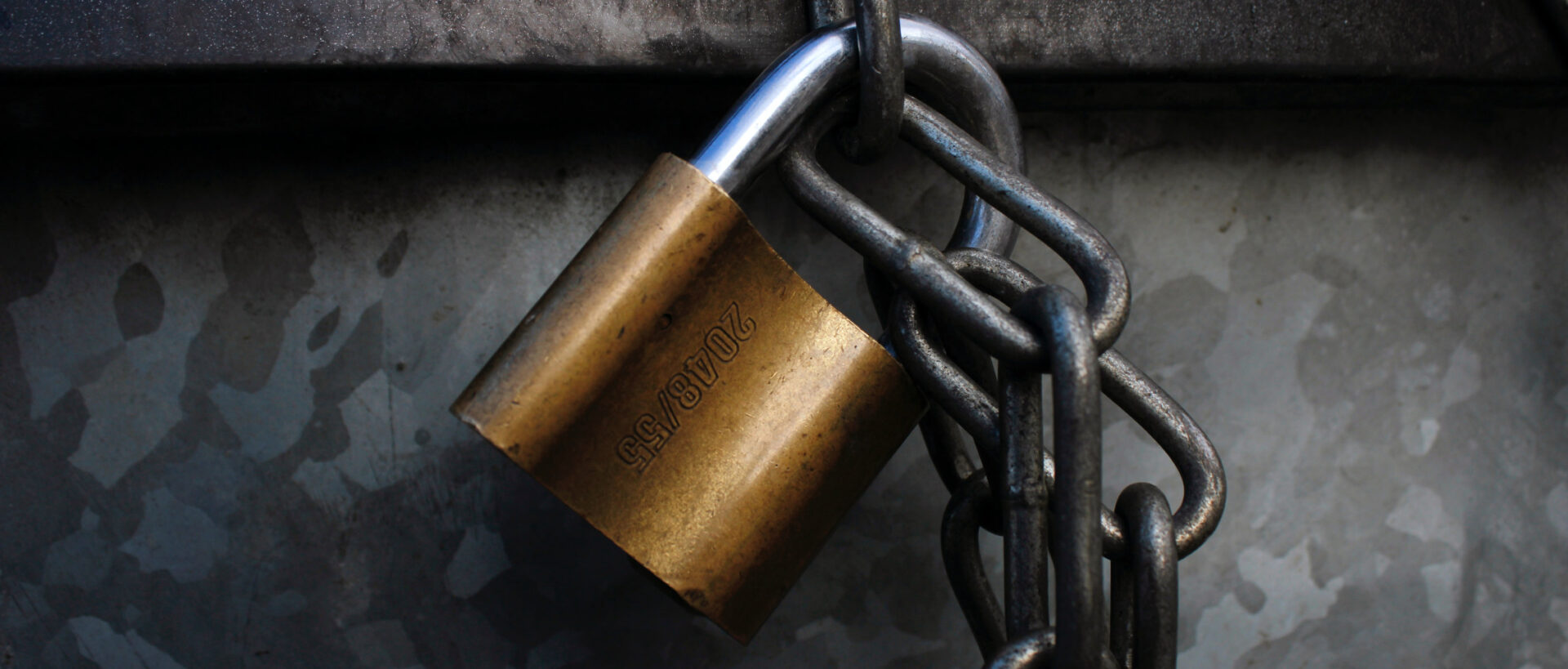If your nonprofit organization is leveraging a WordPress website, ensuring its safety should be one of your priorities. A robust backup plan is crucial to safeguard your data and website functionality. This comprehensive guide will show you how to back up your WordPress website, tailored specifically for the unique needs of nonprofit organizations.
Why is it crucial for your nonprofit to back up its WordPress website?
The rationale for regular backups of your WordPress website is multifaceted, and for nonprofits, there are specific reasons that stand out. Here are the most compelling ones:
- Defense Against Cyber Threats: Even with strong security measures, there’s always a risk of your website falling prey to hacking attempts or malware infiltration. This is particularly crucial for nonprofits, where breaches could compromise sensitive donor information and trust. Backups allow you to swiftly restore your data following an attack.
- Mitigation Against Unintentional Data Loss: Human error, like accidental deletions, is a reality. Regular backups ensure you can recover essential information, such as donor lists, volunteer records, or campaign results, without losing valuable time.
- Smooth Software Updates: WordPress consistently provides software updates, addressing bugs and bolstering security. However, these updates might occasionally conflict with your website’s unique configurations, causing disruptions. Regular backups allow you to revert to a previous stable version without interrupting your nonprofit activities.
- Insurance Against Server Failures: Servers can fail due to hardware malfunctions or cyber-attacks, disrupting your online presence. Regular backups can swiftly restore your website to a new server, ensuring uninterrupted service for your beneficiaries, volunteers, and donors.
Steps to Safeguard Your Nonprofit’s WordPress Website:
Step 1: Selecting a Backup Method
Choose a backup method that suits your nonprofit’s resources and technical expertise:
- Manual backups: This involves copying your website files and database to your computer or cloud storage. However, it requires some technical knowledge.
- Plugin backups: Numerous WordPress plugins, like UpdraftPlus and BackupBuddy, automate the backup process and make it user-friendly.
- Managed backups: Some hosting providers offer backup services as part of their package, freeing up your nonprofit staff for other crucial tasks.
Step 2: Determining Backup Frequency
How often you should back up depends on how frequently your website undergoes changes. If your website is updated regularly with new events, campaigns, or blog posts, daily backups are recommended. For less active websites, weekly or monthly backups may suffice.
Step 3: Deciding on a Backup Location
Backups should be stored in a secure location, separate from your website’s server. This could be cloud storage platforms like Google Drive or Dropbox, or physical devices like external hard drives. Remember to ensure the privacy and security of any sensitive data stored in backups, in line with your nonprofit’s data policy.
Step 4: Implementing the Backup
For manual backups, you’ll need an FTP client to download your website files and phpMyAdmin to export your database. If using a plugin like UpdraftPlus, the process is automated and simpler.
Step 5: Testing Your Backup
After creating a backup, it’s essential to test its efficacy. Restore the backup to a test server or local environment, and check if everything functions correctly. This practice ensures that your nonprofit can quickly recover in case of a real emergency.
Wrapping up
Establishing a backup strategy for your WordPress website is essential for your nonprofit’s digital security and continuity. The steps outlined in this guide aim to help you create a backup plan tailored to your nonprofit’s unique needs. Remember, regular testing and secure storage of your backups are vital to the effectiveness of this strategy. With a solid backup plan, your nonprofit can continue its mission with confidence, knowing its online assets are secure.



